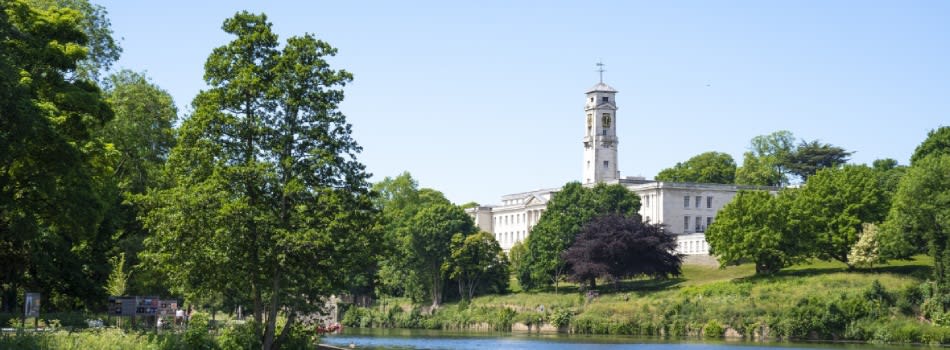About the Project
Homologous recombination lies at the heart of many essential cellular processes. It
rearranges genes, underpins replication and promotes the repair of damaged DNA. We are
using genetics to understand how DNA replication, recombination and repair operate in
archaea.
Archaea are the third domain of life, alongside bacteria and eukaryotes. They live in
extremely harsh environments such as boiling acid pools or salt lakes, which pose
enormous challenges for genome stability. We are interested in how recombination has
evolved to meet these challenges and how it operates in a lineage that is fundamentally
distinct from bacteria and eukaryotes. Intriguingly, the archaea show many similarities to
eukaryotic cells, particularly in the proteins used for DNA replication, repair and
recombination.
Since most archaeal species are extremophilic and difficult to cultivate, current knowledge
of the archaea is confined largely to genomics and biochemistry. We have developed
genetic and molecular systems for Haloferax volcanii, which was isolated from the Dead
Sea and can be cultivated in the laboratory with ease.
We are systematically deleting recombination genes in Haloferax volcanii by "reverse
genetics". Genome sequence is used to identify genes of interest, and deletions are made
using the counter-selectable marker system. We are also making recombination mutants
using "traditional" genetics. Random gene disruptions are generated in Haloferax volcanii
and mutants screened for recombination defects and sensitivity to DNA damage such as
UV and gamma radiation.
Using these complementary strategies of reverse and conventional genetics, we will shed
light on novel aspects of recombination in the archaea and how these organisms meet the
physiological challenges posed by the harsh environments they occupy. In addition,
Haloferax volcanii may provide a simple test bed for the exploration of eukaryotic
systems.
Home and EU students competing for scholarships should send an e-mail/letter with a cv to the proposed supervisor as soon as possible.
Funding Notes
. International Applicants: see
http://www.nottingham.ac.uk/internationalstudents/scholarshipsfeesfinance/scholarships/index.aspx. Normally these studentships provide only tuition fees so applicants should be able to provide their own living expenses. Scholarship applications cannot be made until an official offer of admission as been issued so apply for admission without delay.
UK and EU Applicants: Although the vast majority of our home students are fully funded we have traditionally attracted a number of students willing to fund their own training. Home student seeking funded places should see
http://www.nottingham.ac.uk/graduateschool/doctoral-training-centres/bbsrc-doctoral-training-programme-in-biosciences/index.aspx for information about new Research Council funding arrangements.
References
1. Allers, T., and M. Mevarech. 2005. Archaeal genetics - the third way. Nat Rev Genet 6:58-73.
2. Allers, T., H. Ngo, M. Mevarech, and R. G. Lloyd. 2004. Development of additional selectable markers for the halophilic archaeon Haloferax volcanii based on the leuB and trpA genes. Appl Environ Microbiol 70:943-953.
3. Guy, C.P., et al., 2006 Interactions of RadB, a DNA Repair Protein in Archaea, with DNA and ATP. J Mol Biol 358: 46-56.
4. Breuert, S., Allers, T., Spohn, G. & Soppa, J. 2006 PLoS ONE 1, e92 Regulated polyploidy in halophilic archaea
5. Norais C., et al., 2007 Genetic and physical mapping of DNA replication origins in Haloferax volcanii PLoS Genet. 3, e77
6. Large A., Stamme C., Lange C., Duan Z., Allers T., Soppa J., & Lund P.A. 2007 Characterization of a tightly controlled promoter of the halophilic archaeon Haloferax volcanii and its use in the analysis of the essential cct1 gene. Mol Microbiol 66, 1092-1106
7. Haldenby, S., White, M.F., & Allers T. 2009 RecA family proteins in archaea: RadA and its cousins. Biochem Soc Trans 37, 102-107
8. Delmas, S., Shunburne, L., Ngo, H. & Allers, T. 2009 Mre11-Rad50 promotes rapid repair of DNA damage in the polyploid archaeon Haloferax volcanii by restraining homologous recombination. PLoS Genet. 5, e1000552

 Continue with Facebook
Continue with Facebook


